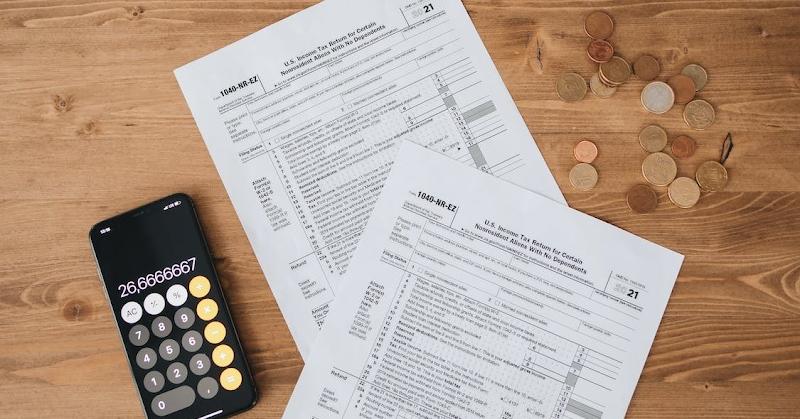Dealing with tax debt can be stressful and complex, particularly when the standard solutions don’t align with your financial situation. While many are familiar with the option of an installment payment plan with the IRS, other strategies are available for individuals seeking tax debt relief. These alternative approaches provide much-needed respite and potentially more favorable outcomes.
Exploring Offers in Compromise
One significant alternative to installment payments is the IRS payment plan for taxes, also known as the Offer in Compromise (OIC) program. This option allows taxpayers to settle their tax debt for less than the full amount owed. It’s particularly suitable for those who demonstrate that paying the full amount would create financial hardship or that doing so is unfair or inequitable due to exceptional circumstances. The process involves:
Submitting an application
When applying for an Offer in Compromise, the taxpayer needs to complete IRS Form 656. This form requires a comprehensive disclosure of financial information, which helps the IRS assess the taxpayer’s ability to pay. For individuals, Form 433-A (OIC) is needed, while businesses must submit Form 433-B (OIC). These forms demand a detailed account of the taxpayer’s assets, liabilities, income, and expenses. Providing accurate and thorough information is crucial, as the IRS uses this data to make an informed decision about the offer.
Offering a payment amount
Proposing a payment amount in an OIC requires careful consideration. Given the taxpayer’s financial situation, the amount should reflect the most the IRS can expect to collect within a reasonable timeframe. This involves a detailed analysis of one’s financial capacity, considering all sources of income, living expenses, asset equity, and future earning potential. The proposed amount should balance being acceptable to the IRS and feasible for the taxpayer. It’s often recommended to consult with a tax professional to determine an appropriate offer amount that increases the likelihood of acceptance.
Awaiting approval
The IRS thoroughly reviews the offer once the application and proposed payment amount are submitted. This review process includes a detailed examination of taxpayers’ ability to pay, income, expenses, and asset equity. The IRS aims to ensure that the offer is in the best interest of both the taxpayer and the government. Approval of an OIC is contingent upon the IRS’s determination that the proposal adequately reflects the taxpayer’s ability to pay and is the most the agency can hope to collect. The waiting period for a decision can vary, and during this time, the taxpayer needs to maintain compliance with all tax laws and filing requirements.
Currently Not Collectible Status
For taxpayers facing immediate financial hardship, the IRS may consider their tax debt as “Currently Not Collectible” (CNC). Under this status, the IRS temporarily halts collection activities. To qualify, taxpayers must prove their monthly income is less than or equal to their allowable monthly expenses. The process involves:
- Submitting financial information: You need to provide detailed financial information to the IRS, demonstrating that paying your tax debt would result in financial hardship.
- Review by the IRS: The IRS assesses your financial situation. They may place your account in CNC status if they determine you cannot pay.
- Periodic review: Your financial status will be periodically reviewed. If your financial condition improves, the IRS may remove the CNC status and resume collection activities.
Tax Debt Relief Through Bankruptcy
In some cases, bankruptcy may be a viable option for dealing with tax debt. Certain tax debts can be discharged under Chapter 7 or reorganized under Chapter 13 bankruptcy. It’s crucial to understand:
- Eligibility: Not all tax debts are dischargeable. Generally, income taxes can be discharged if they are at least three years old and you meet other criteria.
- Consequences: Bankruptcy has significant impacts on your credit score and financial status. It’s advisable to consult a bankruptcy attorney to understand the implications fully.
Summing Up
While an IRS payment plan is a standard solution for managing tax debt, other options are available. Offers in Compromise, Currently Not Collectible status, and bankruptcy are alternative strategies that can provide relief under different circumstances. Each option has its eligibility requirements, processes, and consequences. Evaluating your financial situation carefully and seeking professional advice to determine the most appropriate strategy for your tax debt challenges is crucial. Remember, the goal is to resolve your current tax debt and establish a sustainable financial path forward.

